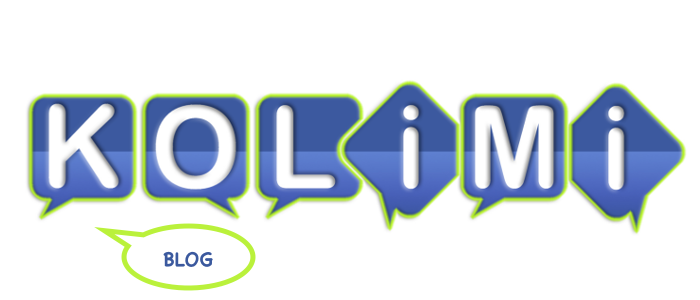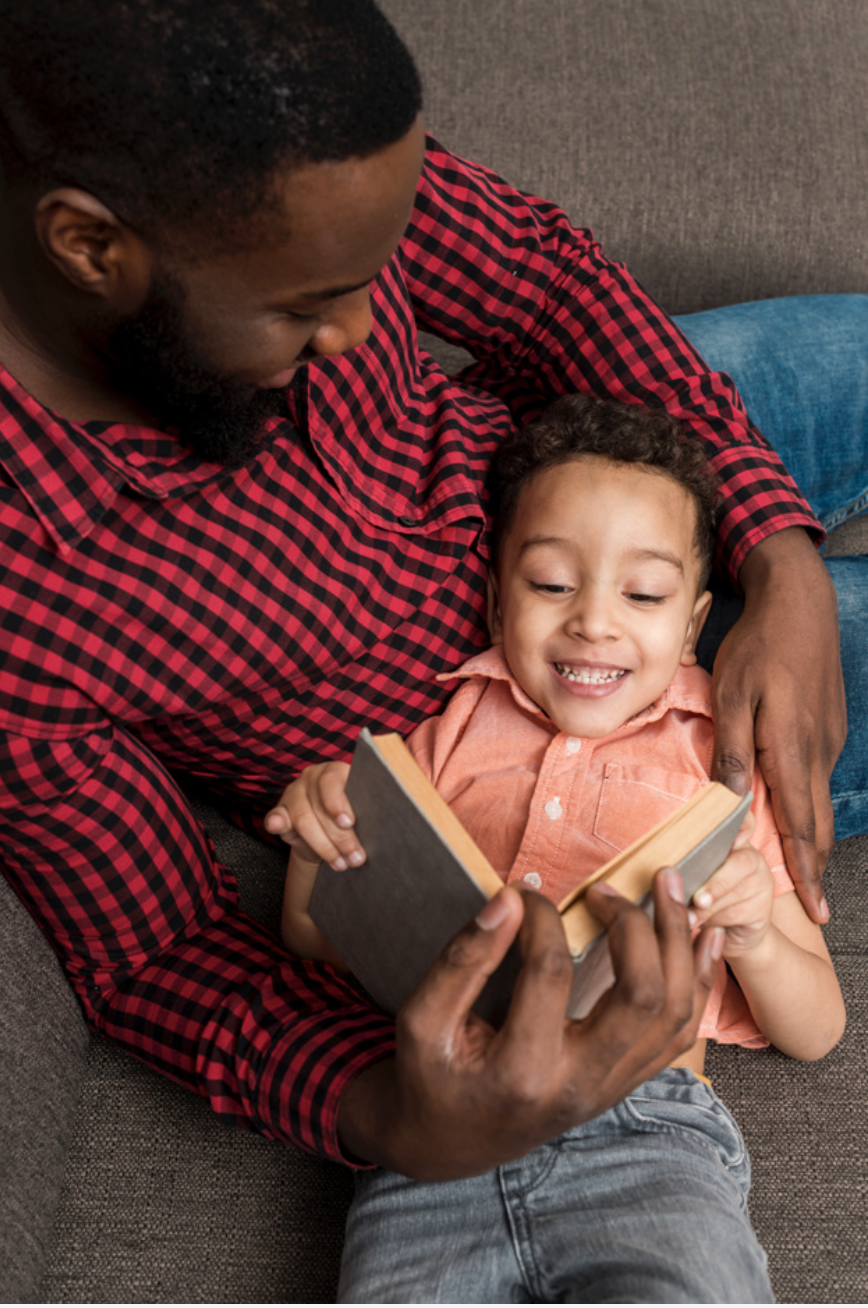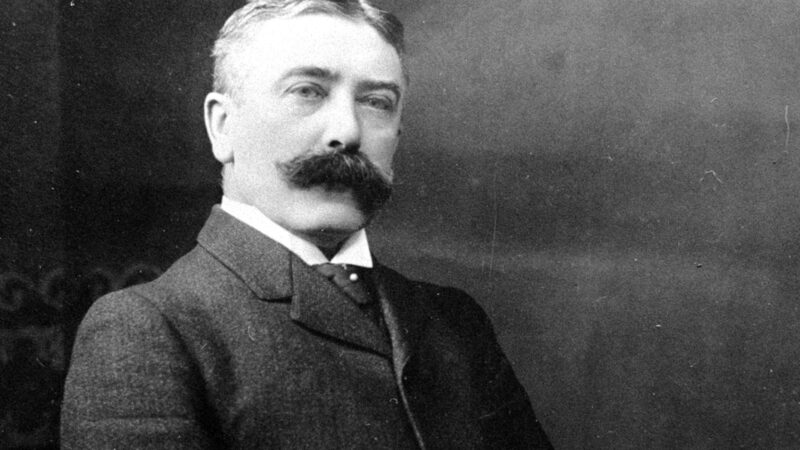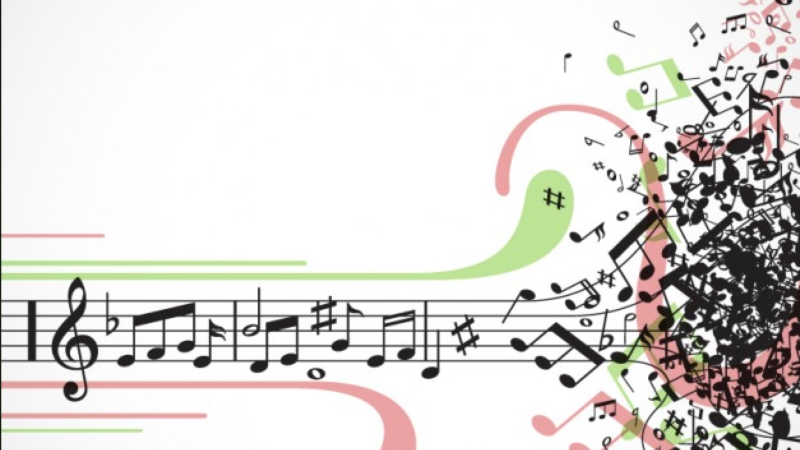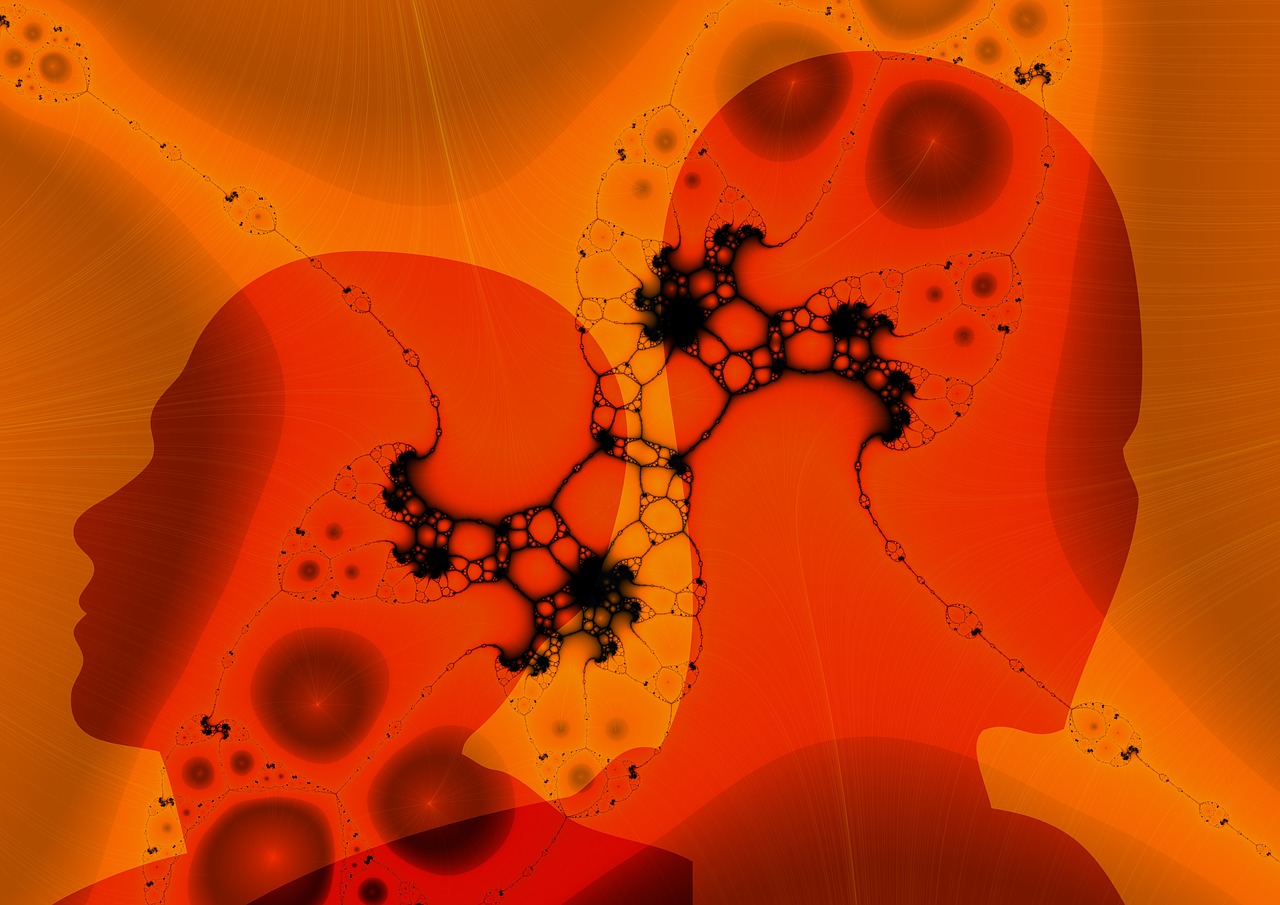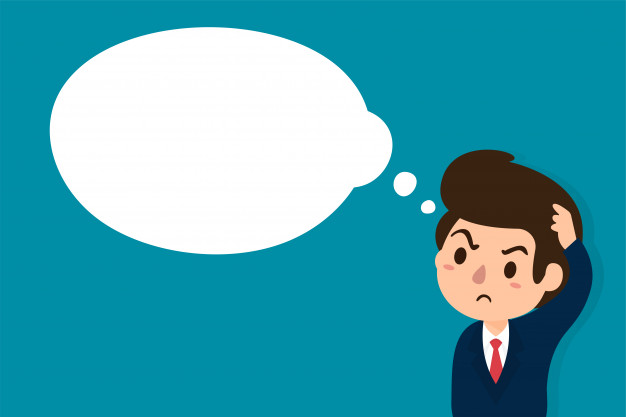Researchers Explain: Children’s Reading Abilities Depend on Their Language Development
Researchers Explain: Children’s Reading Abilities Depend on Their Language Development
In Proust and the Squid, researcher Maryanne Wolf highlights the tight relationship between language and reading.
The human brain wasn’t designed to read. We were designed to recognize objects and faces, to talk and react to dangers – these actions have a specifically dedicated part in our brain, but reading doesn’t. Our brain structure has remained unchanged in the last 40,000 years. Humanity learning to read has only marked a cultural evolution, not a biological one. If we still manage to accomplish the (only seemingly simple) task of reading, it is because, since the first writing system appeared some 5,000 years ago, each and every literate child repeats in a few years a process of adaptation that took humanity 295,000 years in the first place.
That’s what language and reading researcher Maryanne Wolf explained in her wonderful book “Proust and the Squid”, published in 2007. She dedicated an important part of the book to describing how the child’s brain develops the necessary connections to read. Language cognitive development is surprisingly important in this process.
Which language skills help learning how to read?
When a child first learns that a letter corresponds to a sound, that involves the brain process of object recognition – basically, giving a name to a certain shape. That means, a connection is formed between visual areas and language areas. Thus, the more the child knows language, the more she or he will read fluently.
For instance, knowing how to distinguish phonemes (the smallest units of sounds, that correspond to a letter in alphabets) greatly improves quickness and precision in reading single letters. Morphological development also plays a great role. For non-linguists, a little explanation: morphological development means recognizing the different parts of words. For instance, “read-ing” has two morphemes, “read-” indicating the meaning and “-ing” for the grammatical function. For children who are good at distinguishing different parts of words, it will be much easier to read fast and smoothly, since even unknown words will somehow appear familiar.
The same applies to semantic development; the more a child is familiar different meanings of a word, the easiest it will be for her to recognize it in different written contexts. Finally, syntactic skills, or the child’s ability to combine words to form phrases, go hand in hand with their understanding of the logical relation between the different parts of a story. In a nutshell, if you help your child understanding language, she or he will read much more easily.
“Already playing catch-up when they enter kindergarten”
Of course, the relation between reading and language skills also goes the other way around. As Wolf explains, a child who grows up flipping through books and watching loved ones reading will rapidly develop better language, conceptual and even emotional skills, to the point that “children who grow up in environments with few or no literacy experiences are already playing catch-up when they enter kindergarten”. So, if you have a child, please don’t forget to give her books.
______________________________
Join us or come take a look!
We are a group of people convinced that language skills should be more valued in the job market. For this reason we created Kolimi, a platform that connects multilingual professionals to the people and business needing them, in any field of work.
Join us to find new opportunities, or follow us on Facebook, Twitter, YouTube or LinkedIn to discover new things about languages!
______________________________
References
Maryanne Wolf, (2007), Proust and the Squid, Harper Collins Publishers
